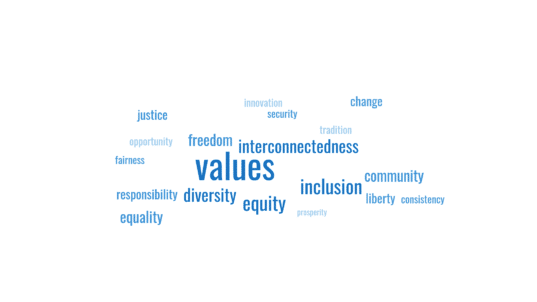“If an idea does not sound absurd, then there’s no hope for it.”—Albert Einstein
I recently came across these words from Albert Einstein in the context of an interview on the topic “Does Science Fiction Predict the Future of Journalism?”. The interviewee, Loren Ghiglione, a professor of journalism at Northwestern University, pointed out that writers of science fiction (or “speculative fiction”) have actually done a pretty good job of foreseeing future technological developments. In fact, in their imaginative projections of the future, on such things as the miniaturization of technology, they’ve often done better than scholarly futurists.
We often tend to think that the future will flow as a linear development of the past and present. If this were so, then best way to project future possibilities would be to study the current state of affairs. Ghiglione reminds us that the future does not simply emerge as an incremental and linear development from the present. As he says of Einstein’s words,
“I love that quote because I think it talks to this notion of the future is likely to be counterfactual and not built on what has just happened.”
This means that if we are thinking into the future and projecting future possibilities, this will not primarily be a matter of studying the way things are or have been. This activity can’t be restricted to a matter of knowledge. Rather, it is a matter of creative or imaginative thinking. To do this, to think into the future, we need to engage the power of our imagination. And when we do so, we need to keep in mind that the future may not flow on the same trajectory as the present.
The goal of an Interactivity Foundation Sanctuary Project isn’t exactly to offer predictions of the future. Nor are we concerned with making accurate projections of the future. But we are engaged in something similar—exploring and developing contrasting visions of future possibilities for a democratic society. To participate in this kind of exploration and development is to engage our creative powers to imagine and construct alternative possibilities for the future. And to do this well, it is good to keep in mind that many of the possibilities we explore may seem, at least at first blush, to be absurd.
In the course of a Sanctuary Project, we need to create space for ideas that seem to be on the wrong track, ideas that don’t seem to flow from the status quo, and even ideas that just seem far-fetched or downright crazy. As Einstein and Ghiglione remind us, the apparent absurdity of these ideas doesn’t necessarily mean they are useless for us to think about. For all we know, they may even end up being the way the future actually develops. As countless film and cartoon characters have told us, “that’s so crazy, it just might work!”
Of course, this invocation of our imaginative powers doesn’t mean that knowledge gets tossed out the window. In every Sanctuary Project, the participants will need some time to think about how these contrasting possibilities might unfold in the real world. There has to be some contact with reality—even if the reality of our human situation might change by the policy choices we might make, by taking divergent paths into the future. But the participants need to remember not to hem themselves in by restricting themselves to the linear development of current realities. We all need to remember that “if at first an idea does not sound absurd, then there’s no hope for it.”
–Jeff Prudhomme



